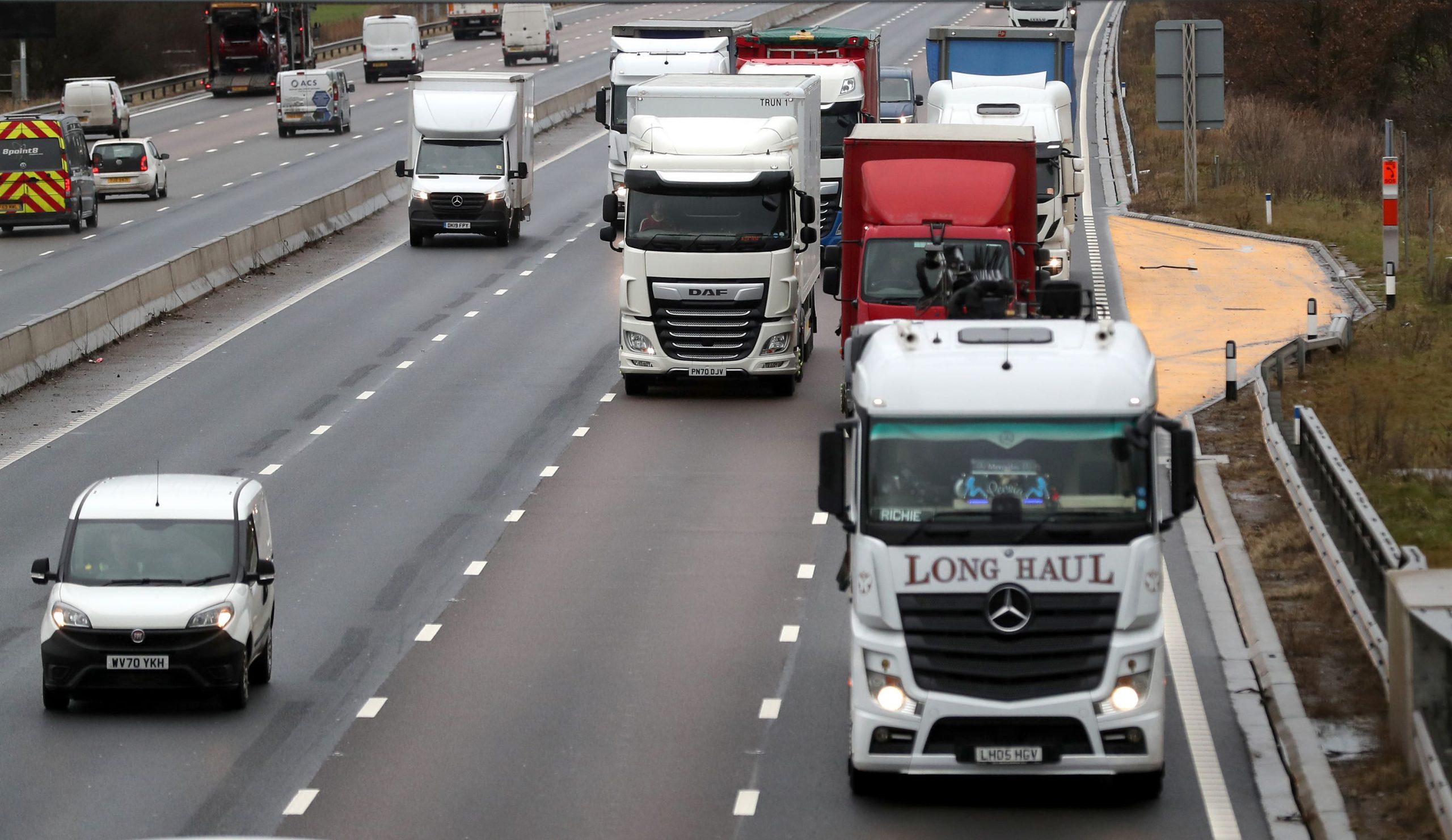Transport Secretary Mark Harper has insisted the “actual safety performance” of smart motorways is “very good” despite the Government’s decision not to build any more.
The Cabinet minister told MPs that the safety of the roads is “not reflected in public confidence” and stressed the importance of “recognising where the public is”.
On Sunday, the Government announced the cancellation of planned projects to build all-lane running (ALR) smart motorways, which use the hard shoulder as a live traffic lane.
But it also refused to reinstate the hard shoulder on existing smart motorways, citing the resulting disruption and cost.
A £900 million programme of measures to improve safety on these roads will continue.
Giving evidence to the Transport Select Committee on Wednesday, Mr Harper said: “All of the types of smart motorways remain the safest roads on the strategic road network.
“They are safer than conventional motorways and they are safer, by some margin, than A roads.
“But it is also the case that that is not reflected in public confidence.
“There is a significant number of members of the public who are not confident about using smart motorways, we’ve seen that from a consistent level of polling.”
He added: “The conclusion we’ve reached is a balanced one which reflects the actual safety performance of smart motorways, which is very good, but does reflect the fact that the public don’t have the confidence in them that that data suggests they should have.
“I think in a democratic country where you have to take people with you, I think recognising where the public is, is important.”
Some 69% of respondents to a poll commissioned by the RAC on Monday said they believe the emergency lane should be restored on ALR smart motorways.
Smart motorways involve various methods to manage the flow of traffic, such as converting the hard shoulder into a live running lane, and variable speed limits.
ALR smart motorways boost capacity at a lower cost than widening roads.
There have been long-standing safety fears following fatal incidents in which vehicles stopped in live lanes were hit from behind.

